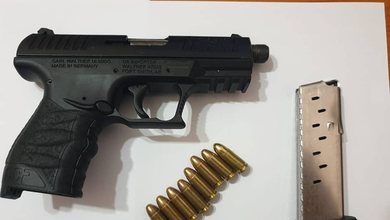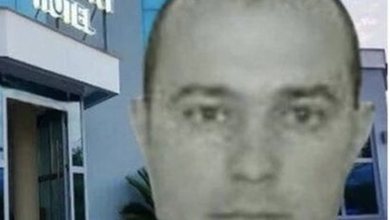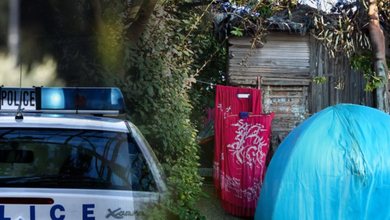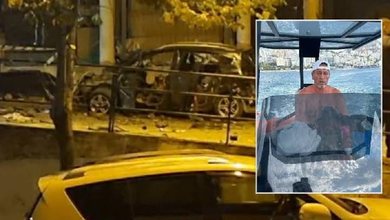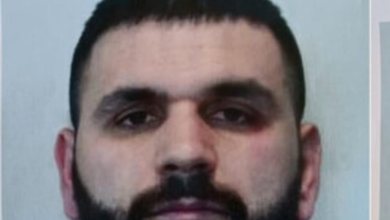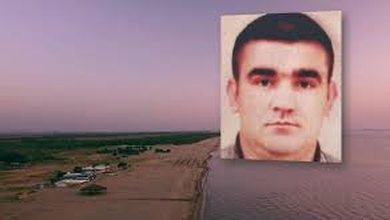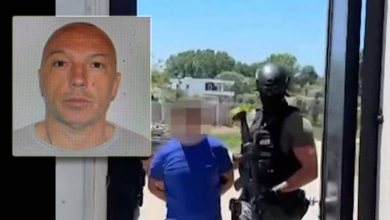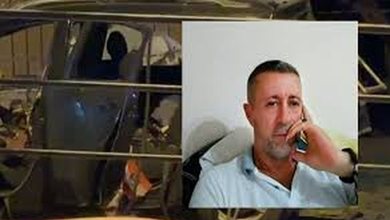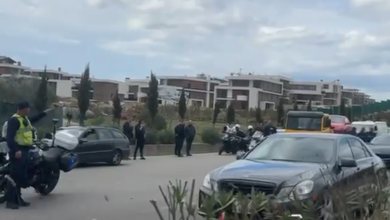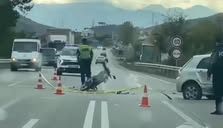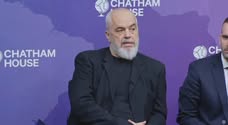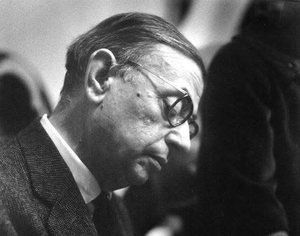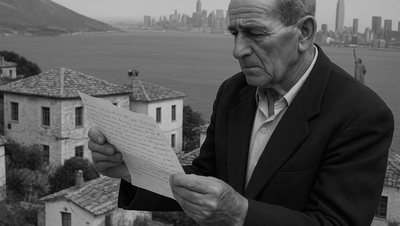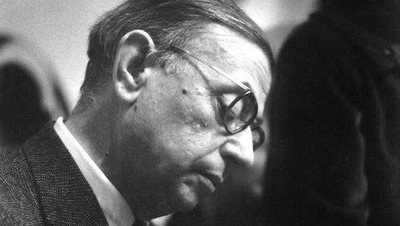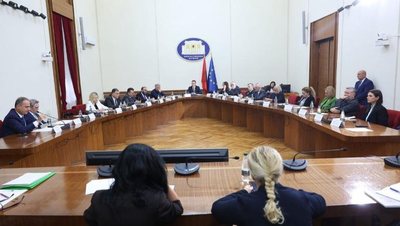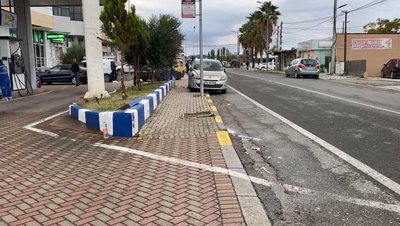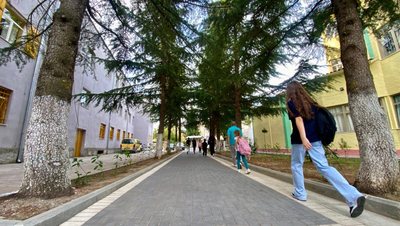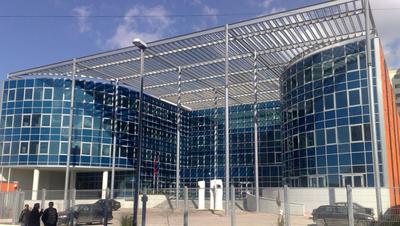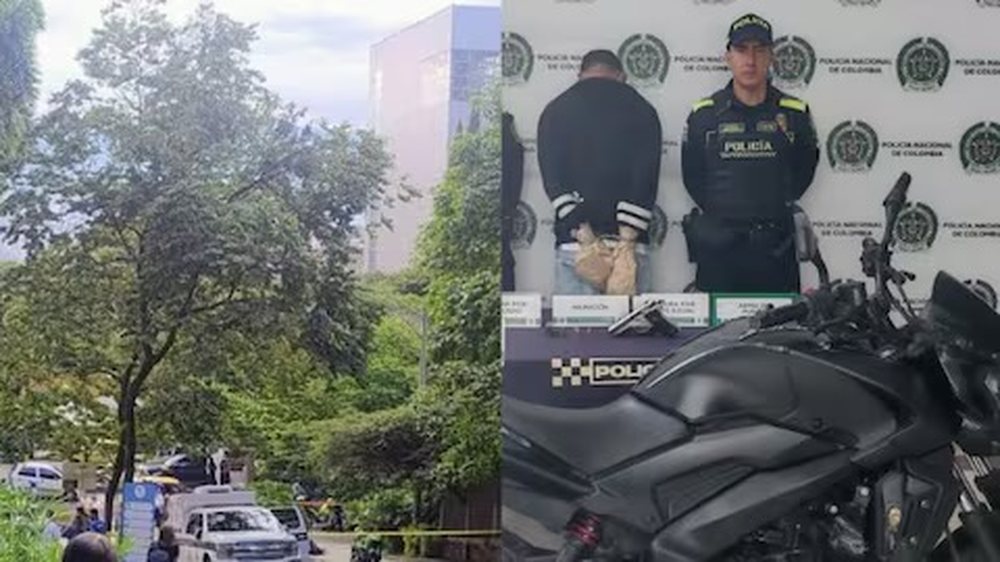
A gun attack occurred on Sunday afternoon in Medellin. The incident took place near the Santa Fe shopping center, in El Poblado, municipality 14.
The city's Security Secretary, Manuel Villa Mejía, announced that the victim was a man with Ecuadorian documents but of Albanian nationality. He said that the suspected perpetrator of the murder, who was traveling on a motorcycle, was arrested in the municipality of Bello, north of Valle de Aburrá. Police also seized the motorcycle and the firearm believed to have been used in the crime.
"The motives and details of the case are being verified as part of the investigations being conducted by the authorities," Villa Mejía declared.
A woman accompanying the Albanian was also injured in the armed attack.
According to sources, the victim has been identified as Artur Tuçi, 44 years old, born in Albania, but with an Ecuadorian identity card.
Investigations by InSight Crime show that Albanian networks are key players in the cocaine trade in Latin America, using Ecuador as a major base for transatlantic operations. These Balkan groups send representatives to South America to negotiate directly with cocaine producers in Colombia, such as FARC dissidents or Los Urabeños groups, in order to secure lower wholesale prices.
This strategic position has made them major beneficiaries of the cocaine production boom in the region, buying the drug at prices ranging from $2,000 to $4,000 per kilogram and reselling it in Europe for $30,000 to $40,000.
Although often called the "Albanian mafia", they are actually decentralized networks, such as the "Bello Company", which focus on negotiating deals, subcontracting transportation to Ecuadorian groups, and laundering money through fictitious export-import companies, especially in the port of Guayaquil.
A well-known example is the case of Dritan Gjika (known as “Tonny”), an Albanian trafficker based in Ecuador since 2009, who posed as a businessman and built a powerful cocaine trafficking empire. Gjika is considered a pioneer for his positioning as a key supplier of cocaine, trafficking tons to Europe and being linked to seizures of over 9.5 tons. He used shell companies, subcontracted transport services, encrypted communications and protection from high-level contacts in Ecuador’s economic and security elite, including the former director of the police.


